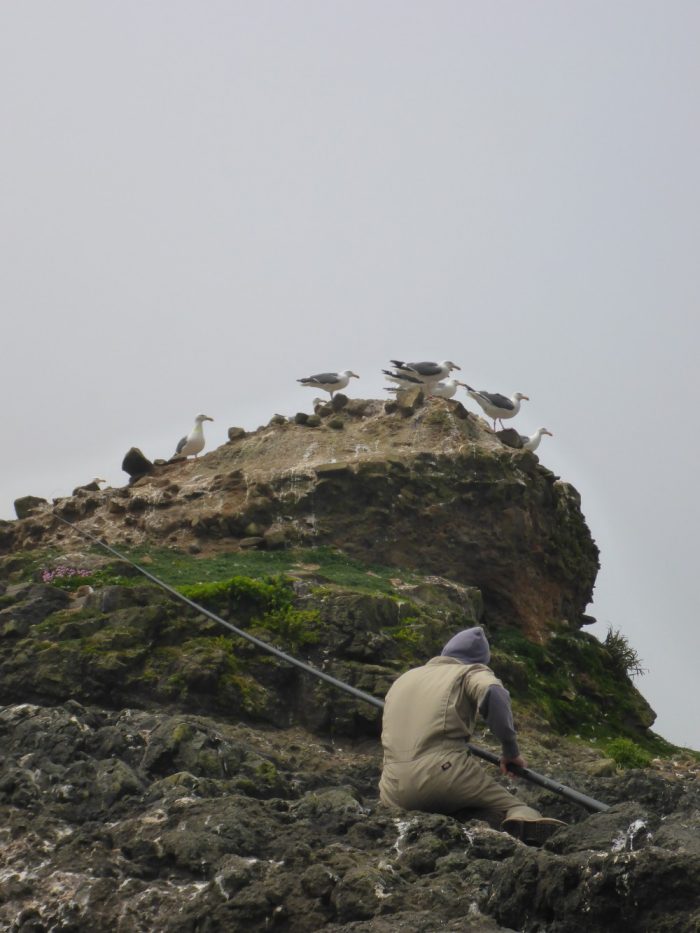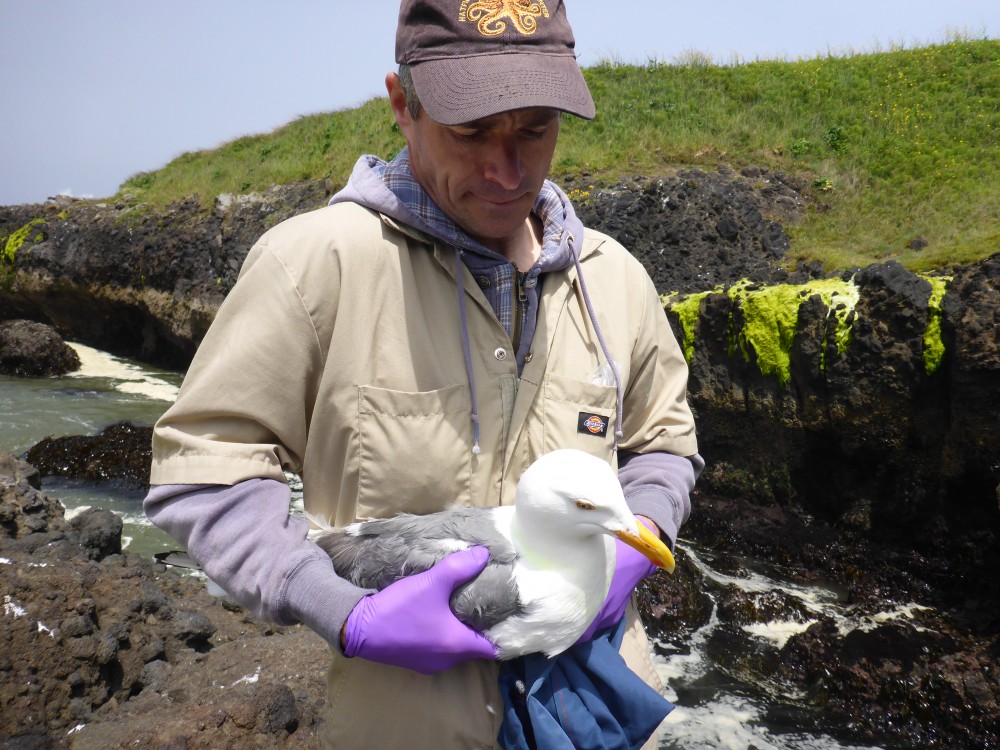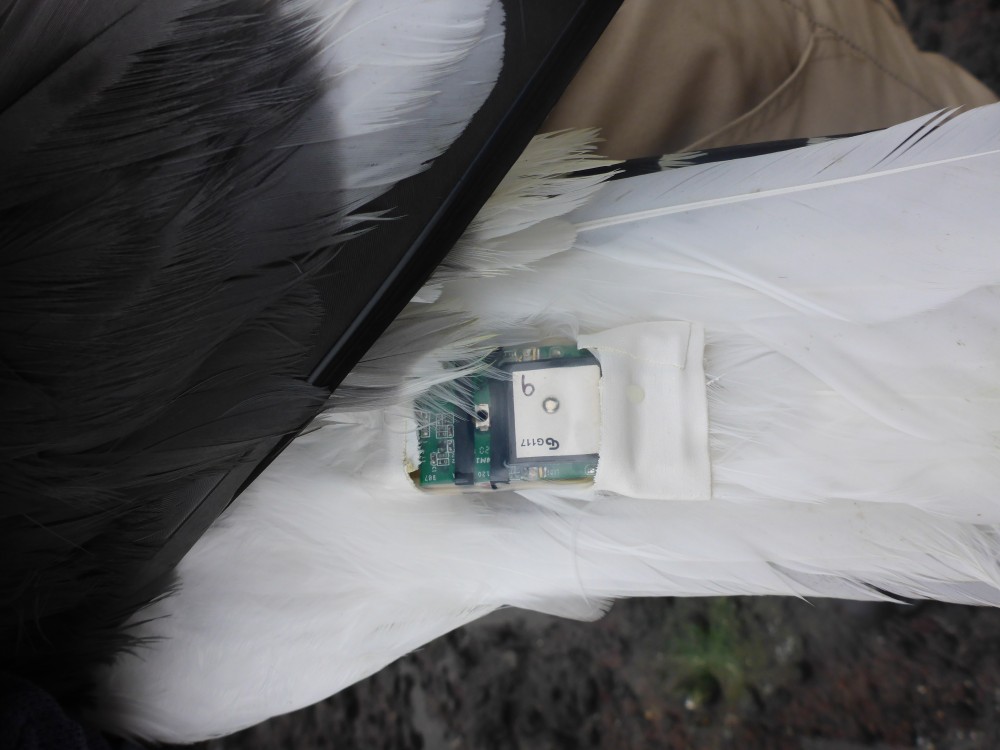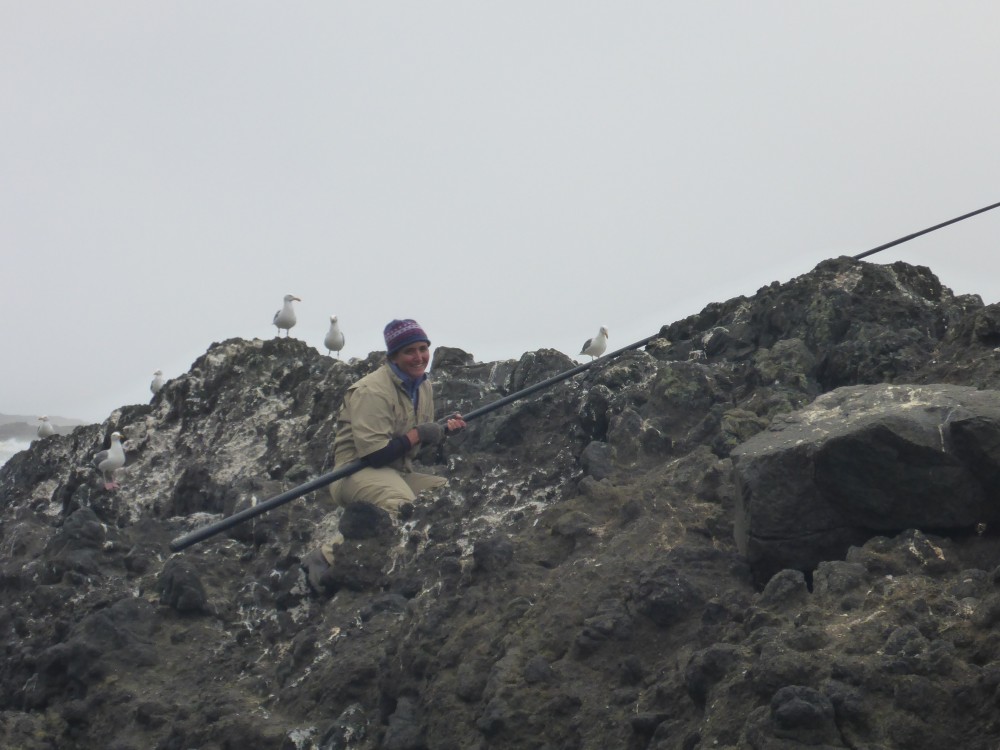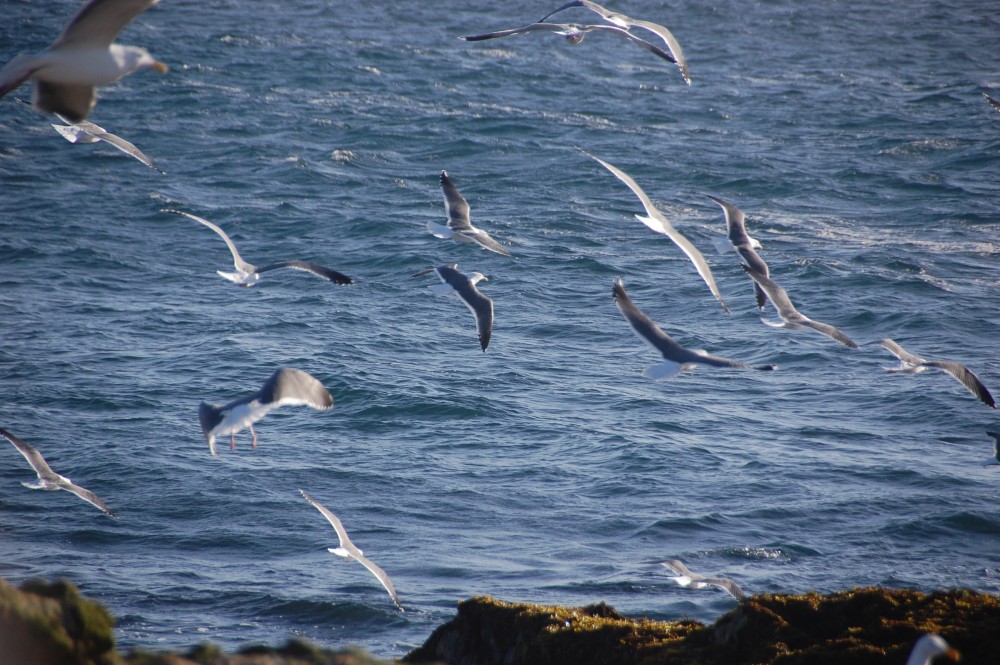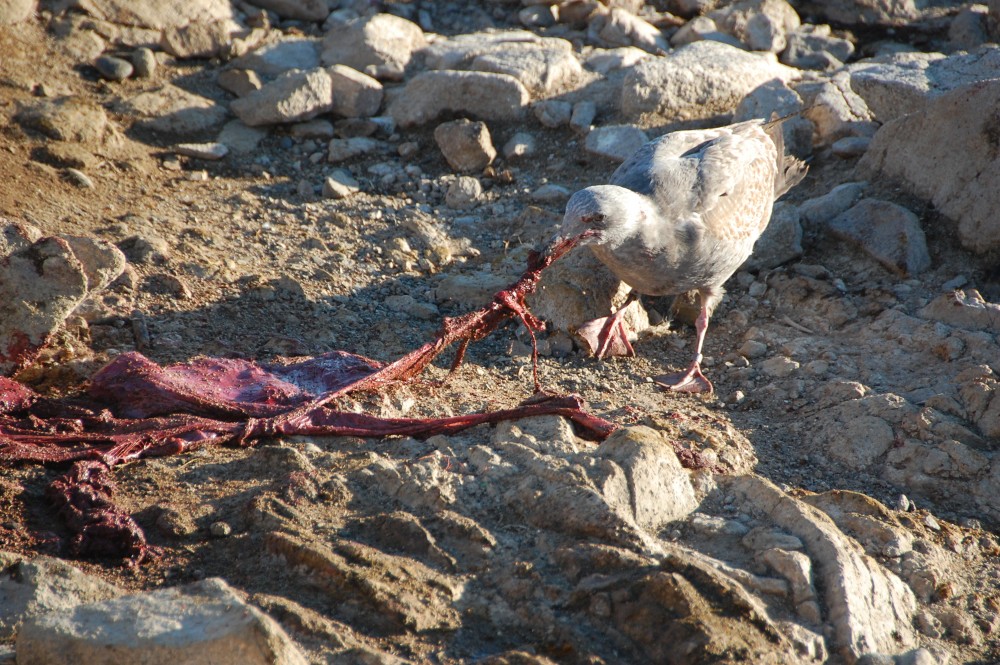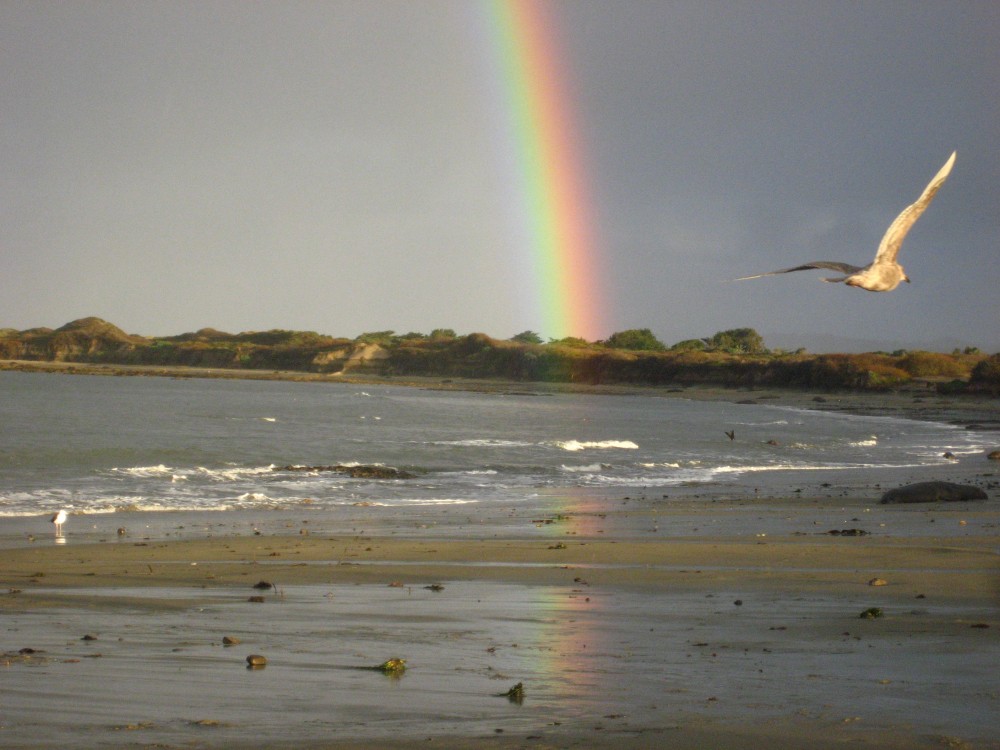By Erin Pickett
My friend Matt and I chased after a butterfly waving our nets through the air, jumping and swatting at the trees. For a brief moment I considered how ridiculous I probably looked running around in circles, looking up at the sky and not at my feet or where I was going. I was just about to step on a wasp nest before I came to my senses. The butterfly got away as I looked up to see our group of middle school students walking back to us after finishing their snack break.
It was day three of “Ecosystem sleuths” summer camp, and while Matt and I were helping lead this camp, we were certainly not going to let that stop us from having some good old fashioned fun catching bugs.
Last week my fellow fisheries and wildlife grad students and I walked away from our computers and experiments and took a break from thesis writing and summer field work to spend the week with a group of local middle and high school students. We ran a weeklong ecology-themed summer camp sponsored by Oregon State’s STEM Academy and inspired by our desire to share what we love with young students who are interested in science. This is what I call “sharing the stoke”.
We hoped to teach our students about a few broad and important ecological concepts while introducing them to field methods and sampling techniques. Neither the Corvallis city limits nor IACUC could hold us back and we managed to bring a menagerie of animals into the classroom including polar bears, elk and sharks. We have OSU’s extensive research and teaching collections to thank for giving our students a chance to handle some cool skulls, pelts and other preserved specimens.
One afternoon I led the students in crafting homemade humpback whale flukes, so that we could practice re-sighting them and estimating population sizes using the mark-recapture method. In between lectures and lab activities, with the help of YouTube, we watched two male elephant seals fight for dominance on a northern California beach and got a birds-eye view of a bald eagle soaring through a canyon. One student couldn’t help but jump up and down while watching this video. At the end of the week took the students to Hesthavn Nature Center and spent two afternoons outside collecting terrestrial and aquatic invertebrates, identifying birds, and learning how to pin insects.
After our students left each afternoon we’d all sit down to discuss the next day’s plan. Exhausted, we’d finish the last of the juice boxes and granola bars and wonder how teachers do what they do. Hats off to you, teachers!













































